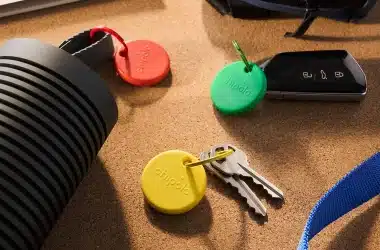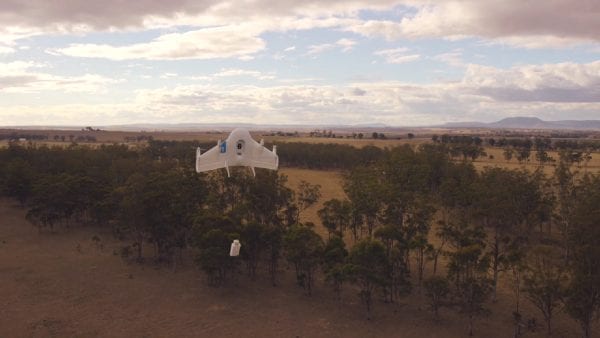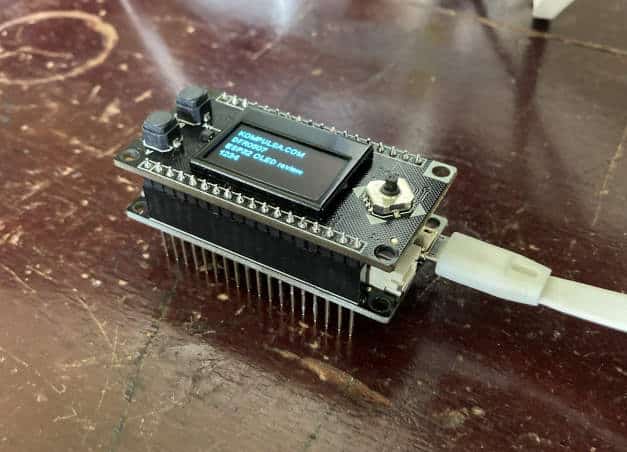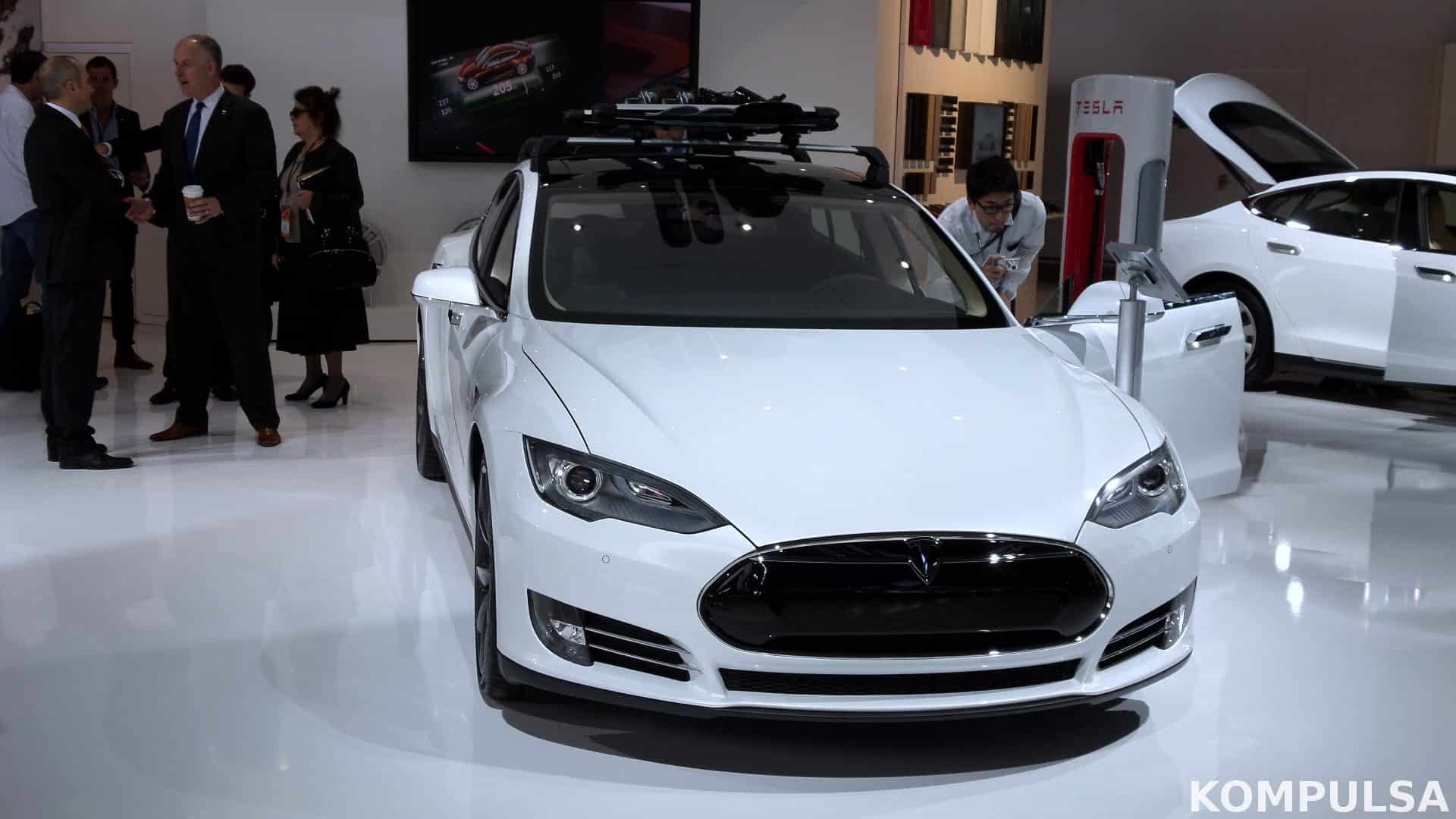In the Australian Outback, Google has been testing a drone delivery project called Project Wing. This is a project of Google[x], which is dedicated to major technological advancements.

Image obtained with thanks from Google on Youtube.
This drone delivery technology has been under development for two years, and has evolved into a ‘reliable system that can do autonomous delivery’, according to Nicholas Roy, the founder of Project Wing.
Autonomous drone delivery in this case means that it is an unmanned aerial vehicle (UAV). It flies itself. This has potential safety implications due to the fact that UAVs are fairly new.
[yframe url=’https://www.youtube.com/watch?v=cRTNvWcx9Oo’]
However, tests have shown that they aren’t as dangerous as they look, and certainly not as scary as depicted (satirically) in Netflix’s drone parody which involves bathroom invasions, and other disasters.
‘We’re only just beginning to develop the technology to make a safe delivery system possible, but we think that there’s tremendous potential to transport goods more quickly, safely and efficiently,’ according to Google.
Why Drone Delivery?
Isn’t mainstream truck delivery working as it is? ‘Working’ doesn’t necessarily mean acceptable, and the ‘if it ain’t broke, don’t fix it’ mentality isn’t conducive to technological advancement.
Apart from that, drone delivery technology has significant advantages, including speed and energy-efficiency. Drones can deliver packages in a matter of minutes. The traditional truck delivery concept involves delivering multiple packages per trip, which means that you sometimes have to wait days for your package.
Trucks require this because of their poor fuel efficiency (cars have this problem too). Automobiles in general have a very poor ratio of vehicle weight to cargo weight.
In almost all cases, a given delivery vehicle’s weight and drag due to its bulky chassis is to blame for the high fuel cost, which results in a high delivery cost, and high emissions.
To be fair, shipping companies such as UPS and FedEx offer affordable shipping rates, possibly due to economies of scale. However, that can’t compare to the efficiency of drones, which are far lighter and smaller than all delivery vehicles.
Drones offer a much better ratio of vehicle weight to cargo weight because they are unmanned. This may sound a bit odd, but traditional manned delivery vehicles contain a steering wheel, shock absorbers, springs, seats.
They also contain an entire instrument panel, doors, windows, power features, a carpet, padding, vinyl lining, and last but not least: safety features and strong steel to protect passengers.
Designing a vehicle for a human requires countless heavy items. Combined, these items and materials account for thousands of pounds of the vehicle’s weight. This is why drones require such a minute amount of power.
As for punctuality: Drones don’t encounter hours of traffic jams. Safety? Less truck-related pileups would be a godsend.
Google said that this technology is still years away from production. However, when it finally takes off, I will embrace it with open arms.
Source: Mashable.
For more technology news, visit the technology category, and for technology reference articles teaching you how things work, visit the technology section.









